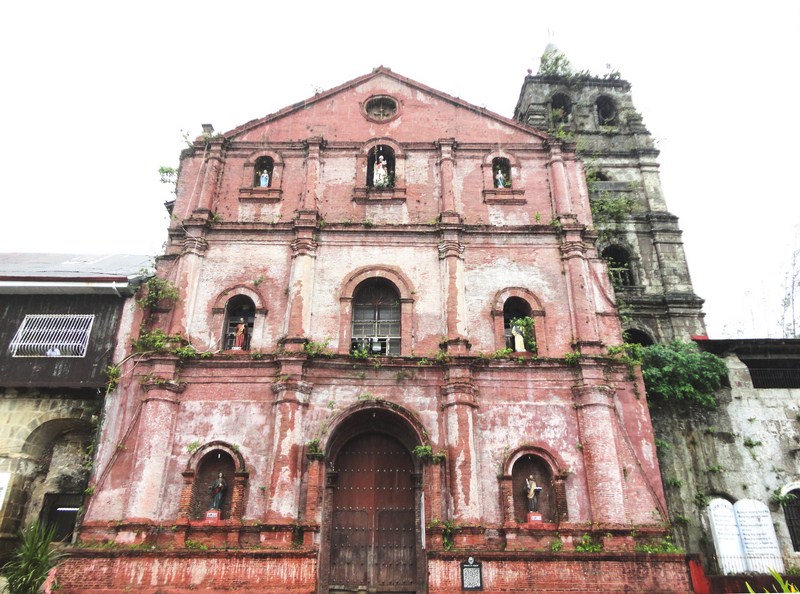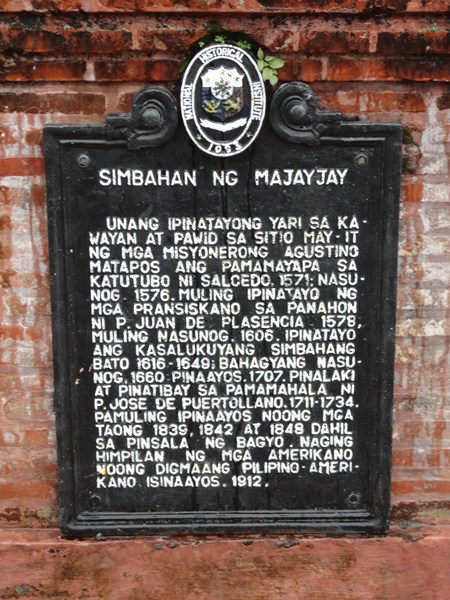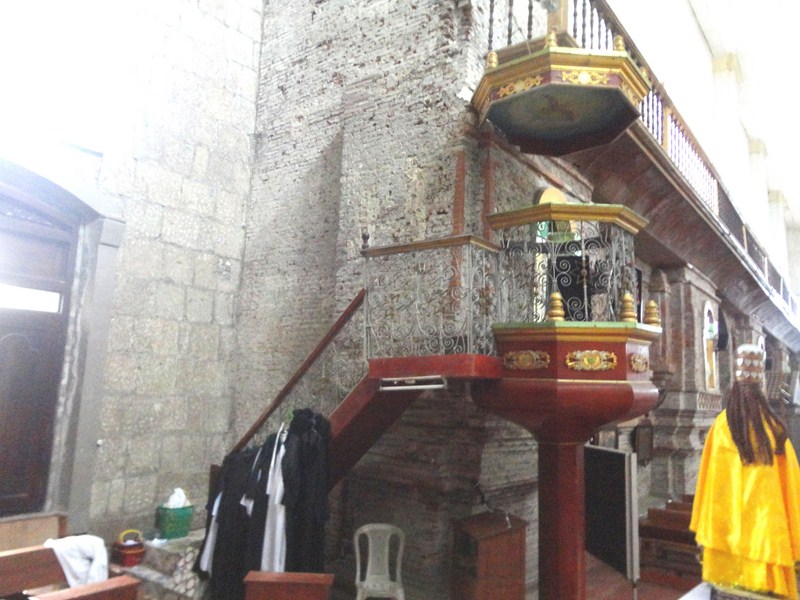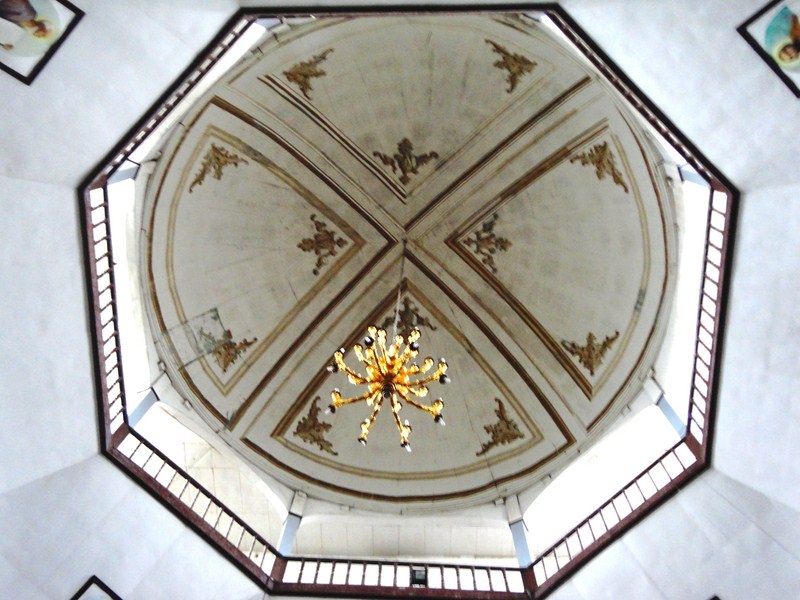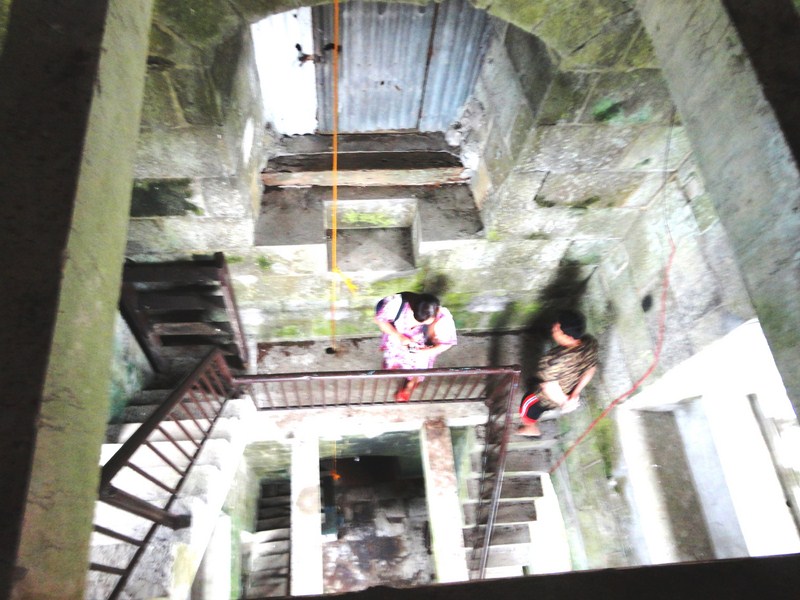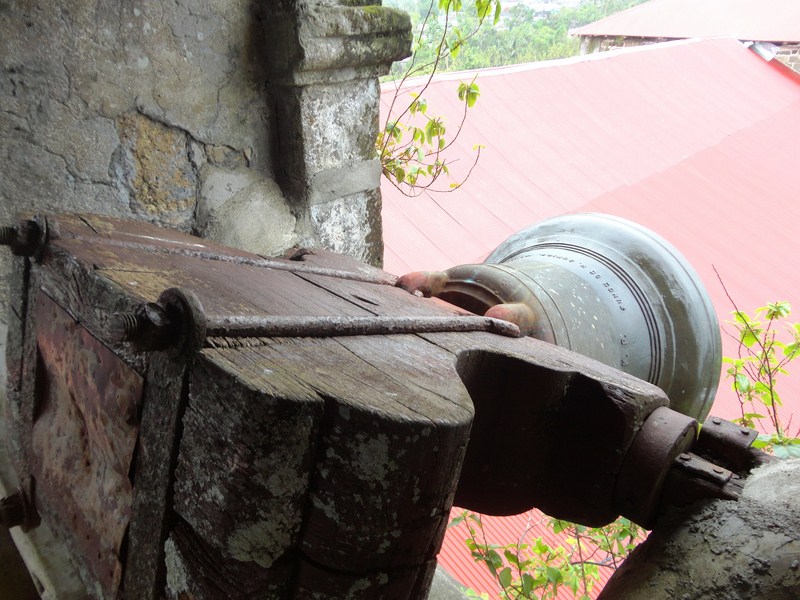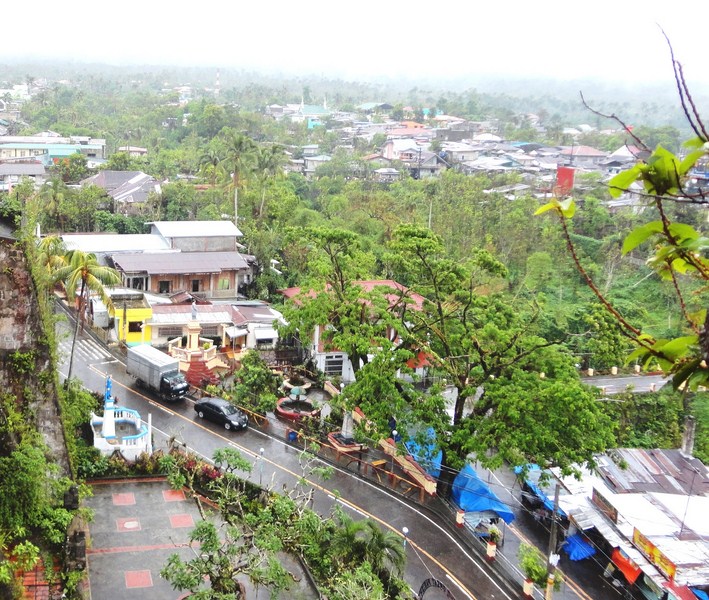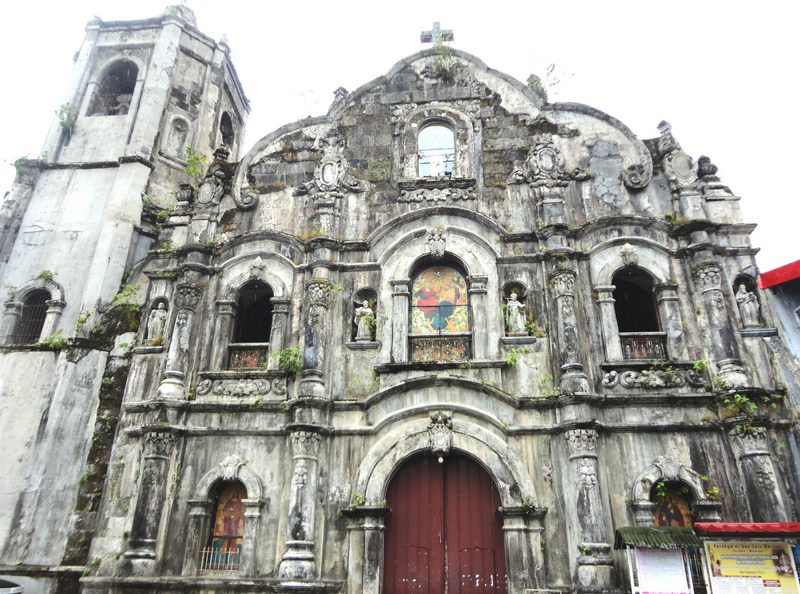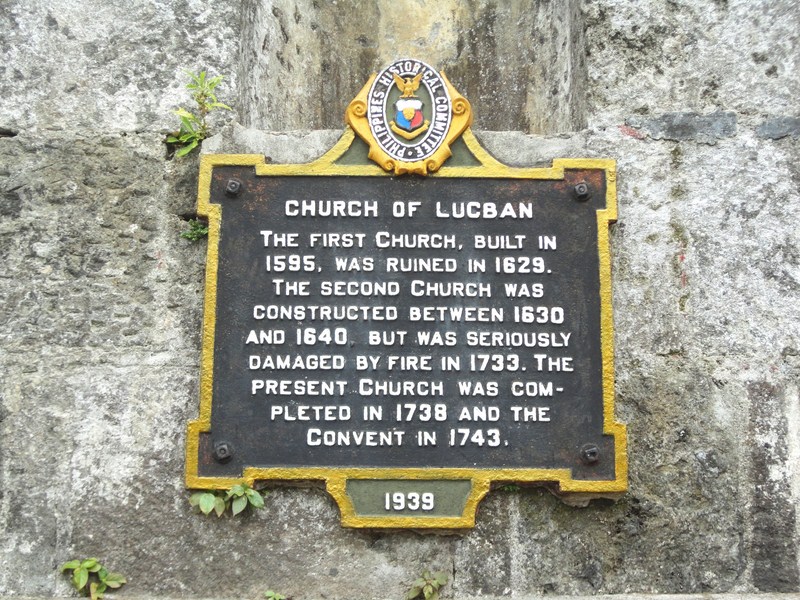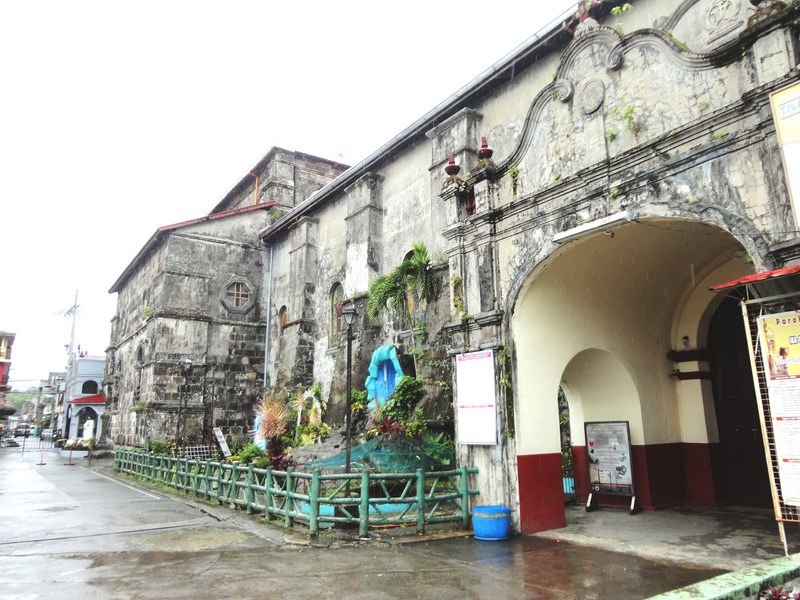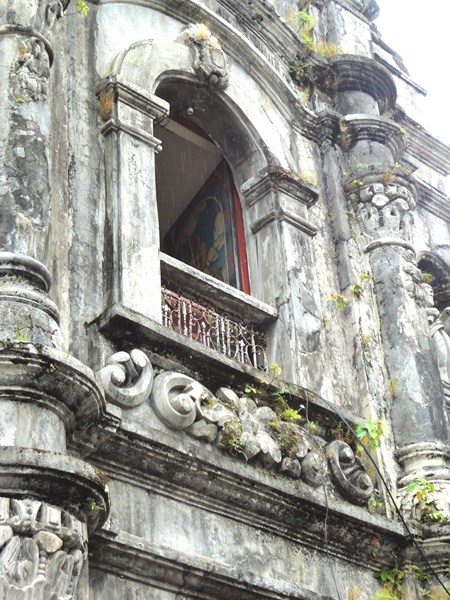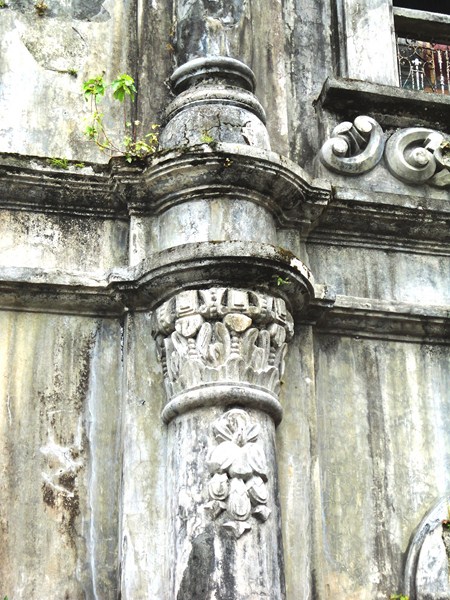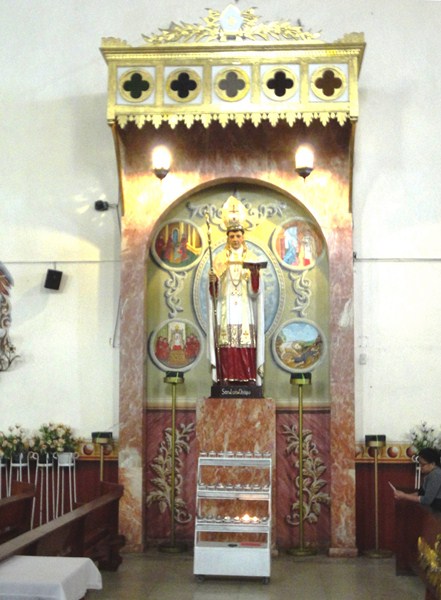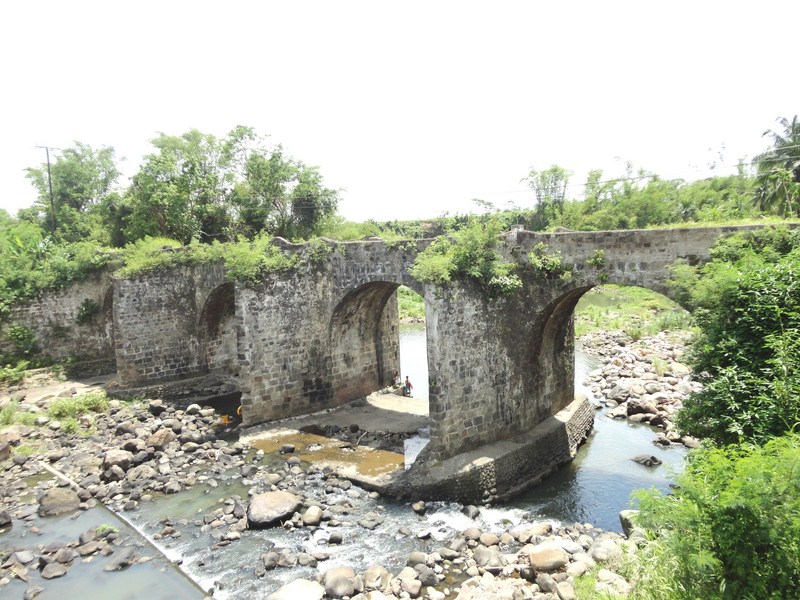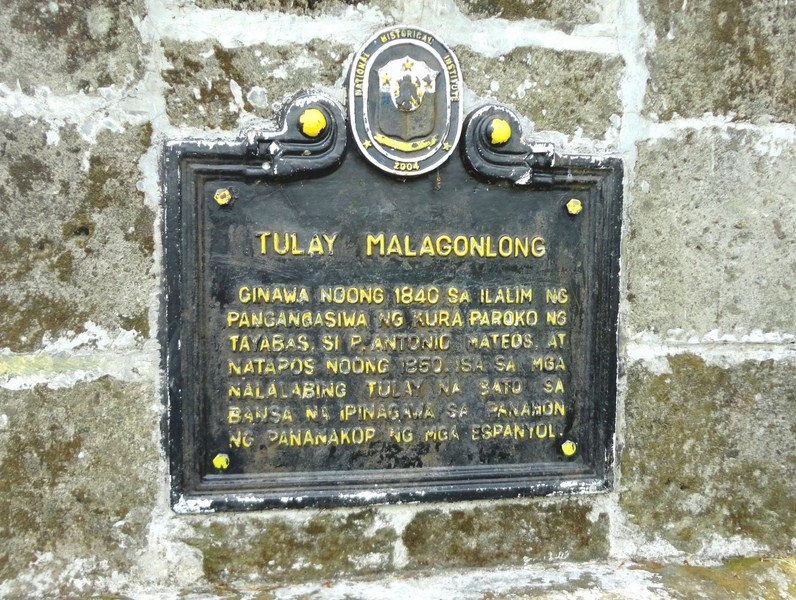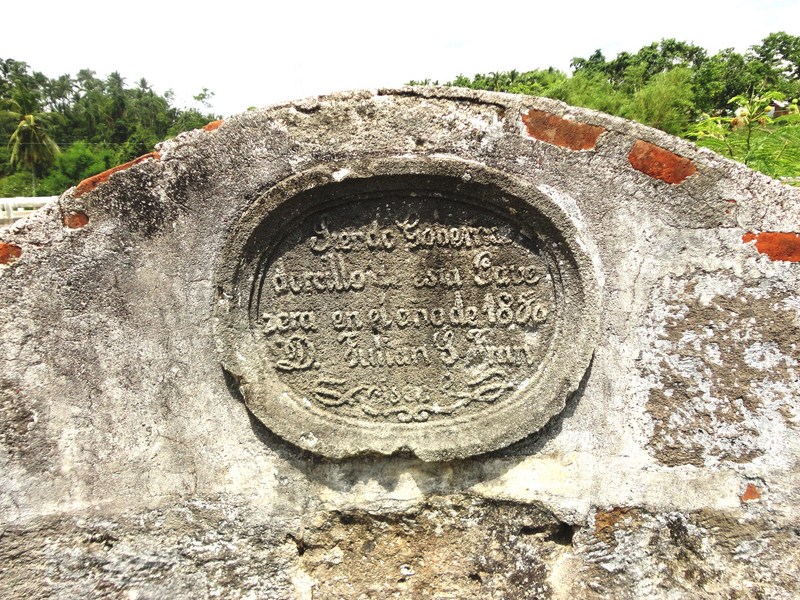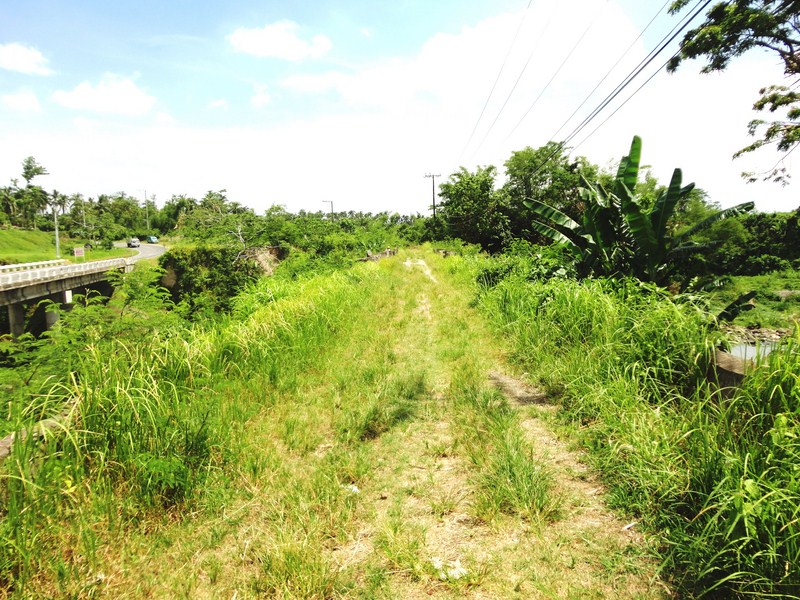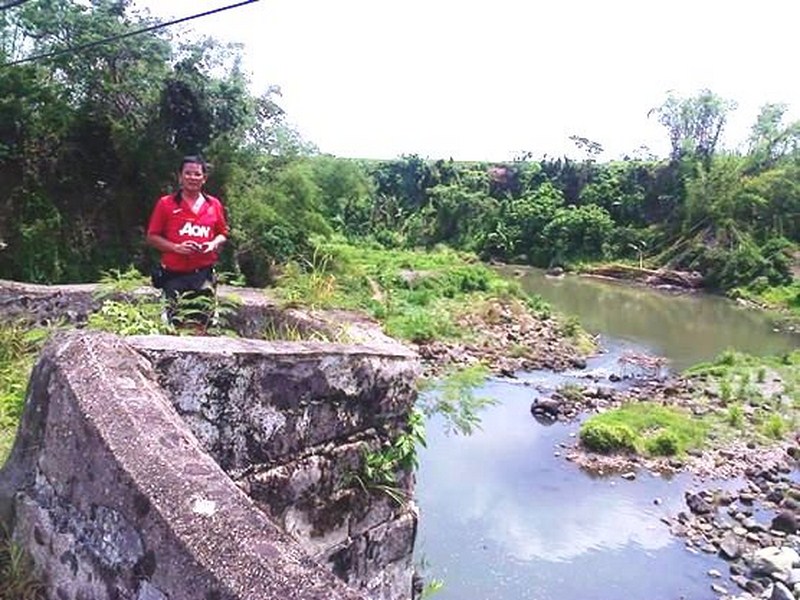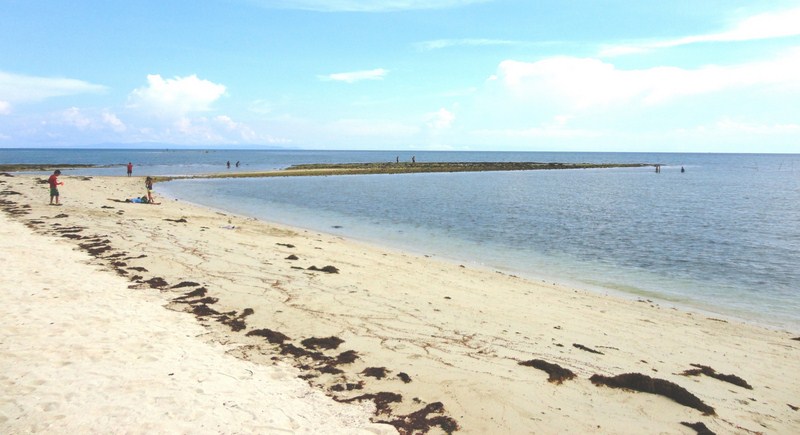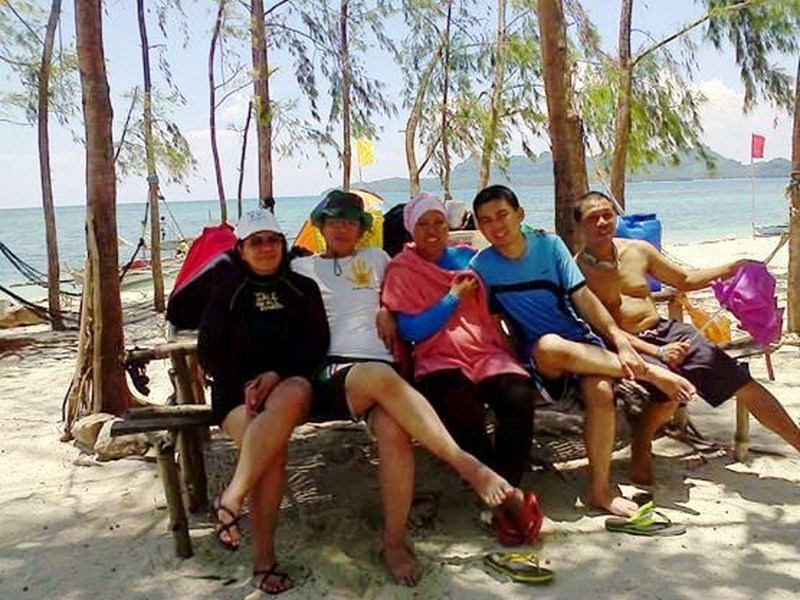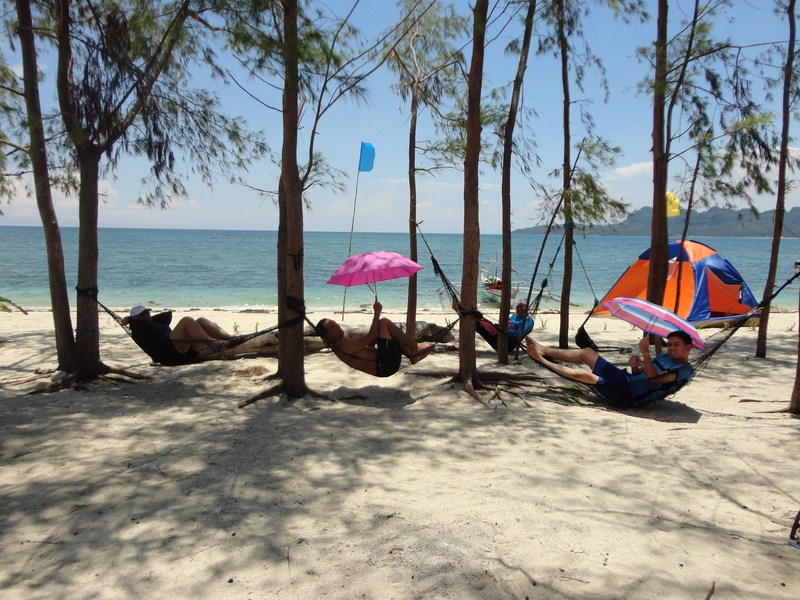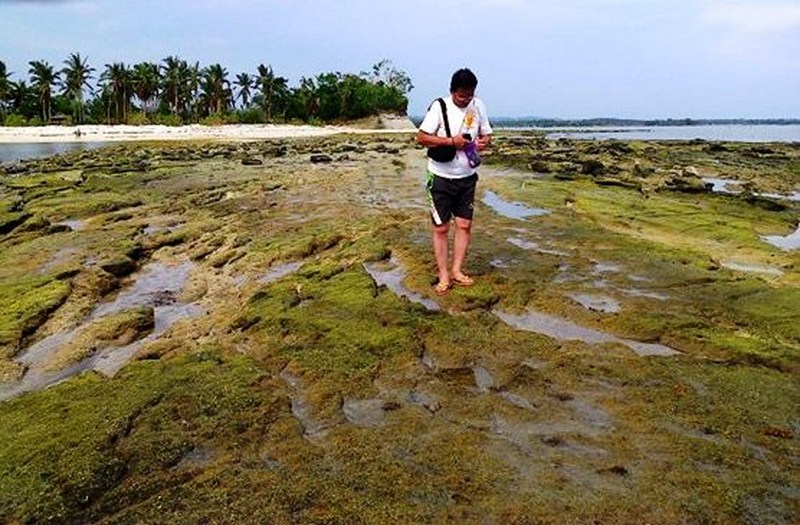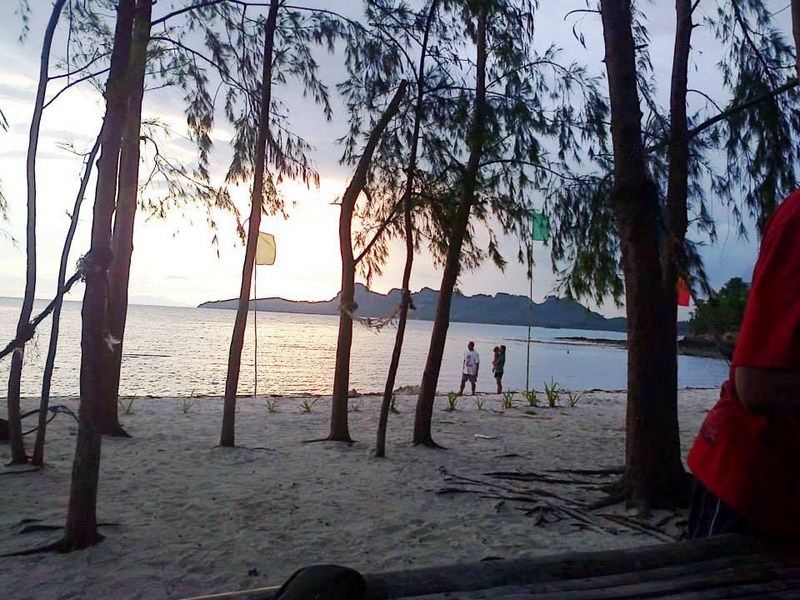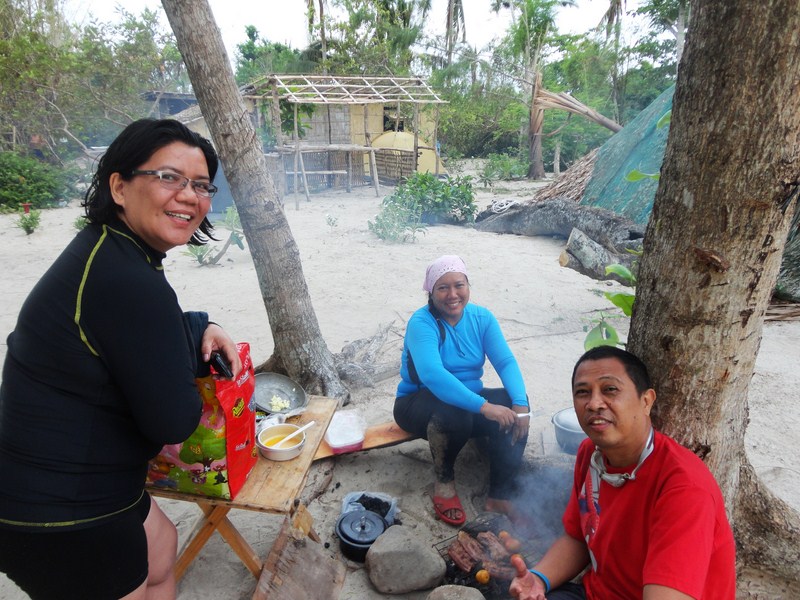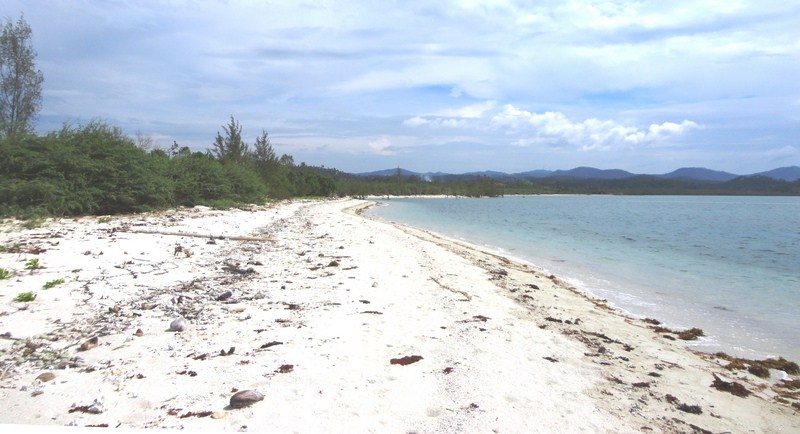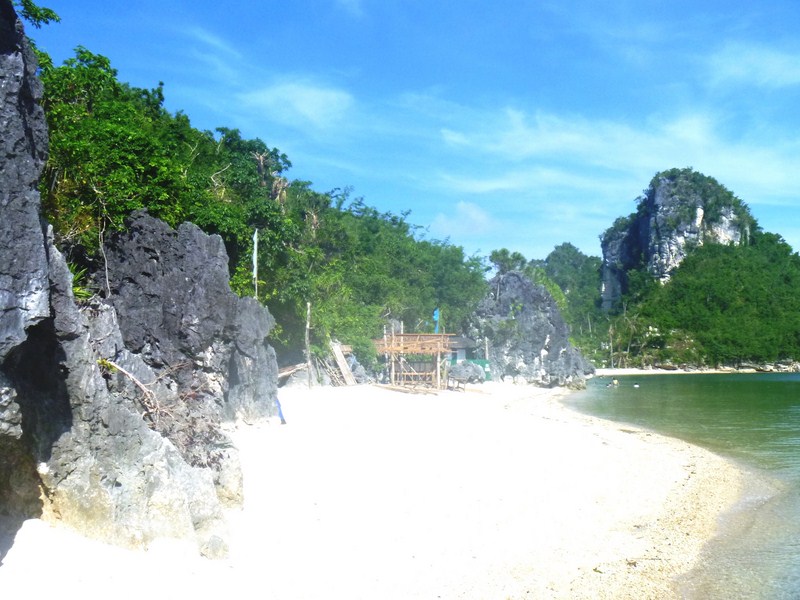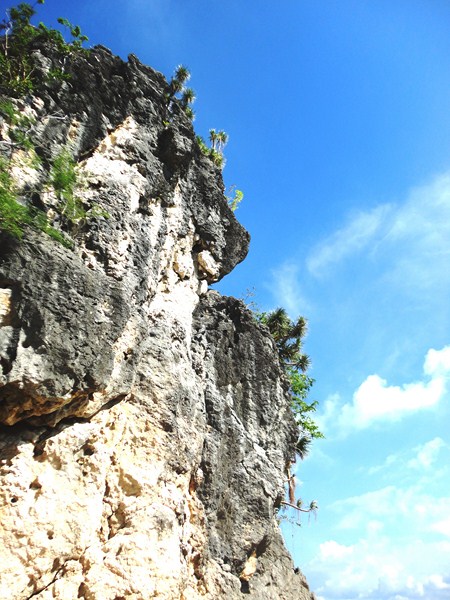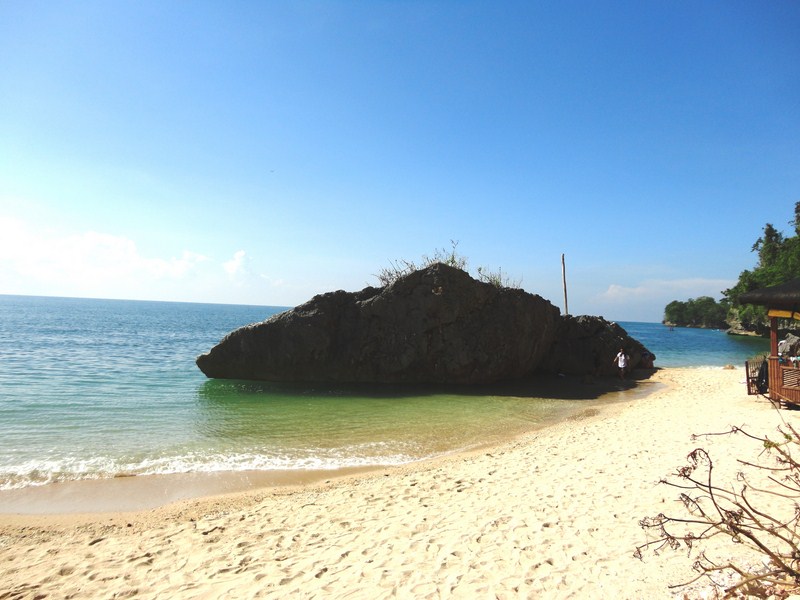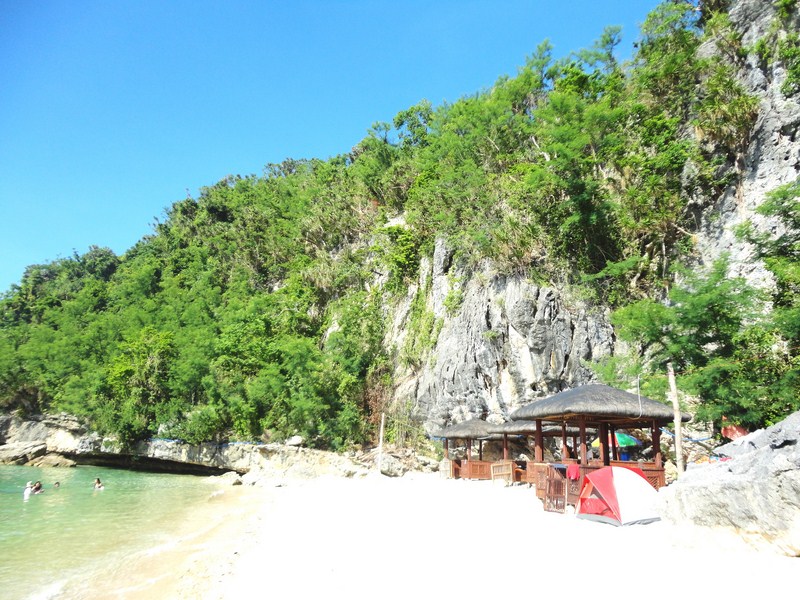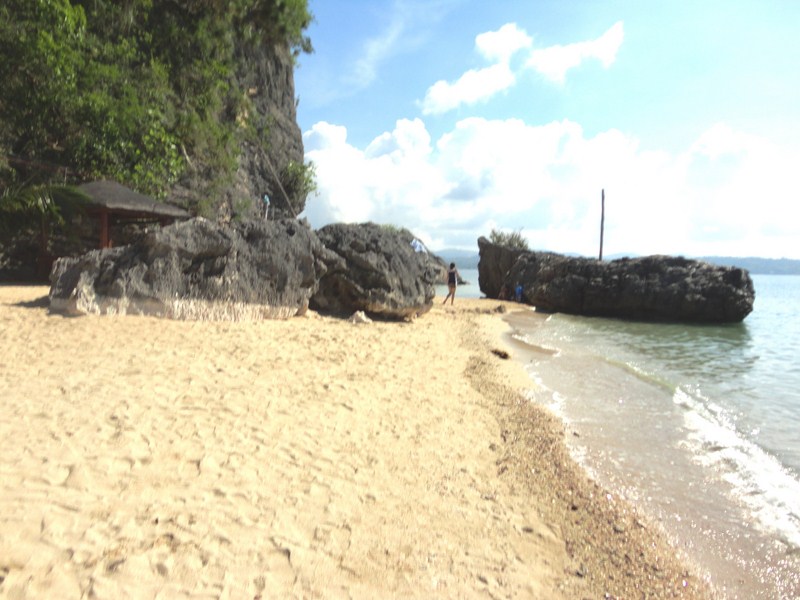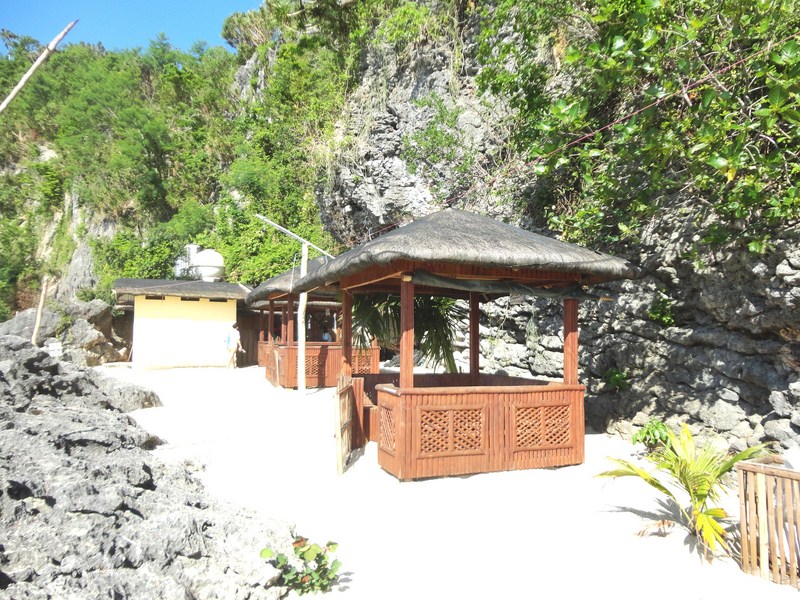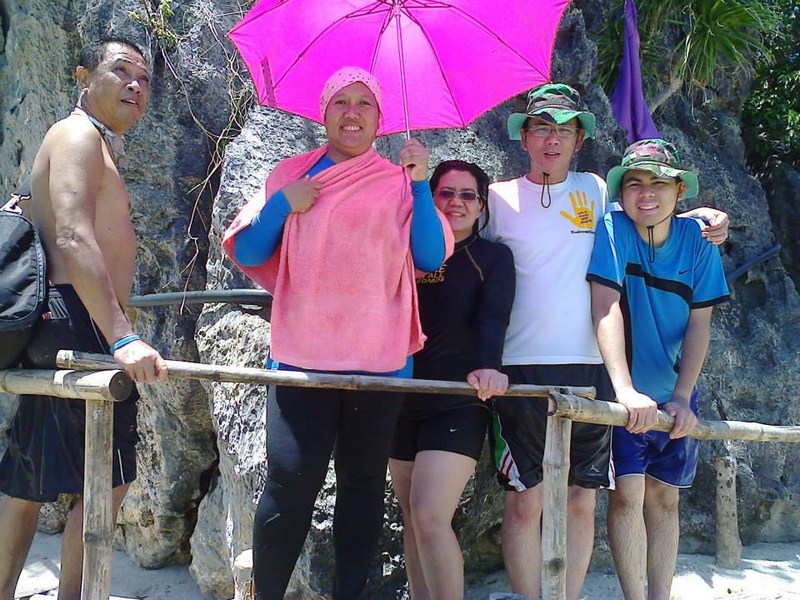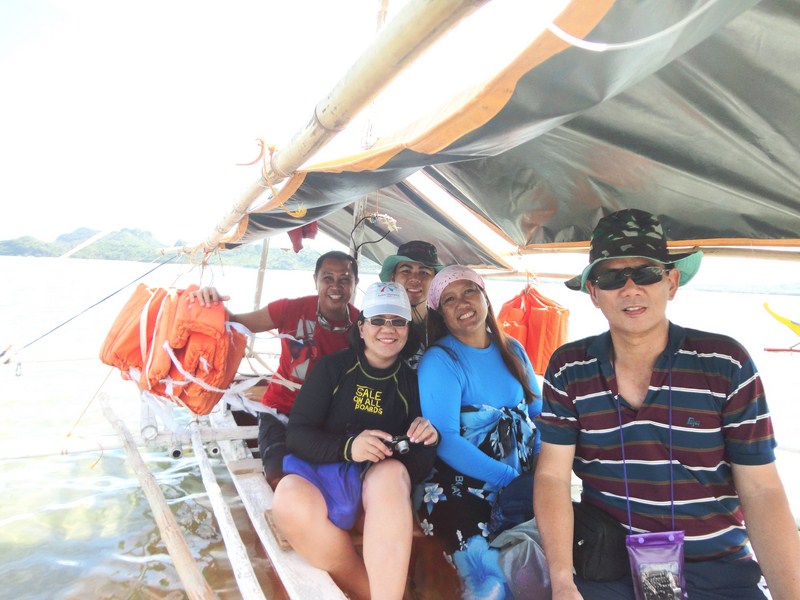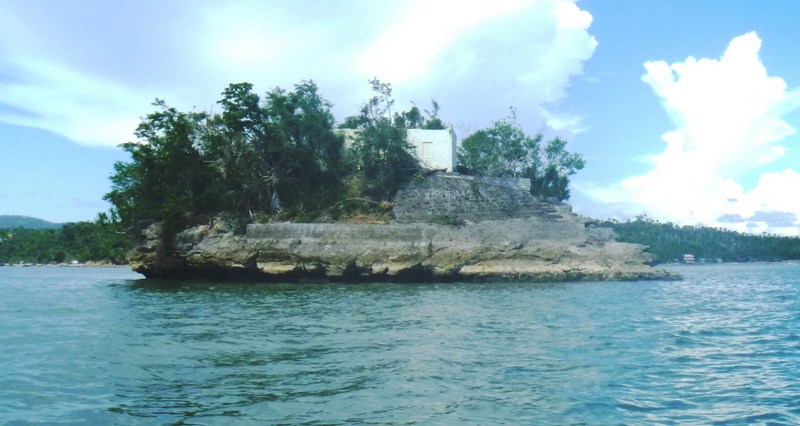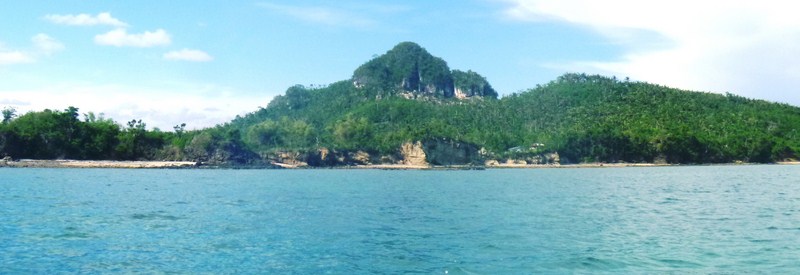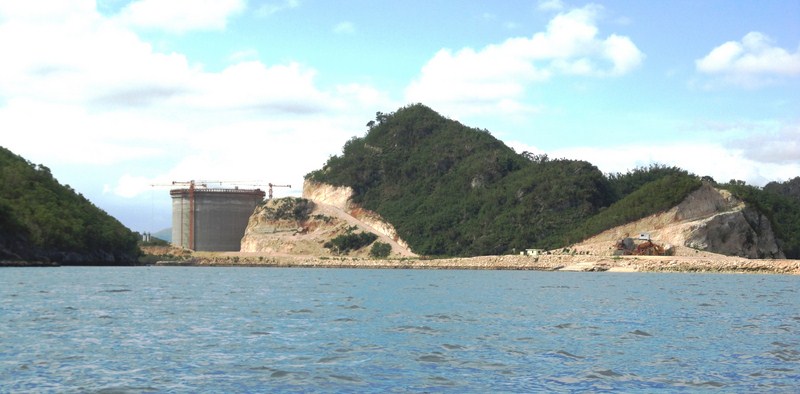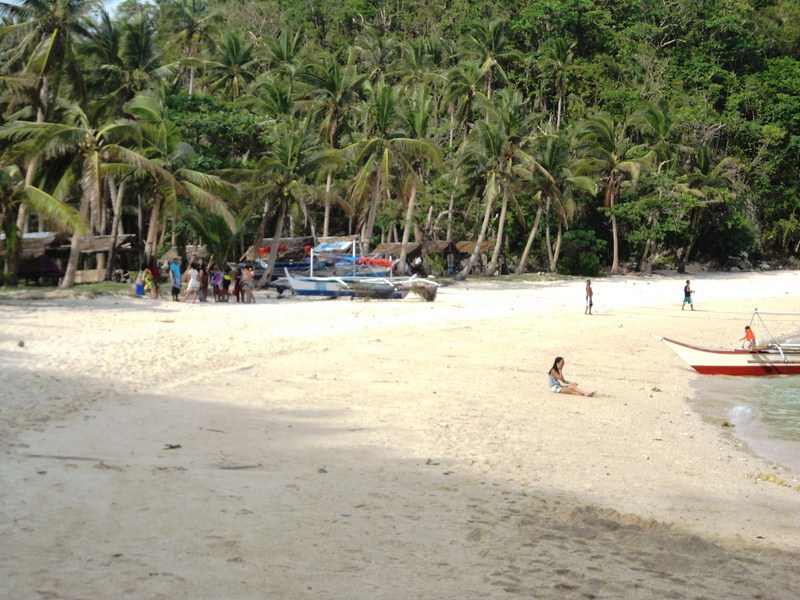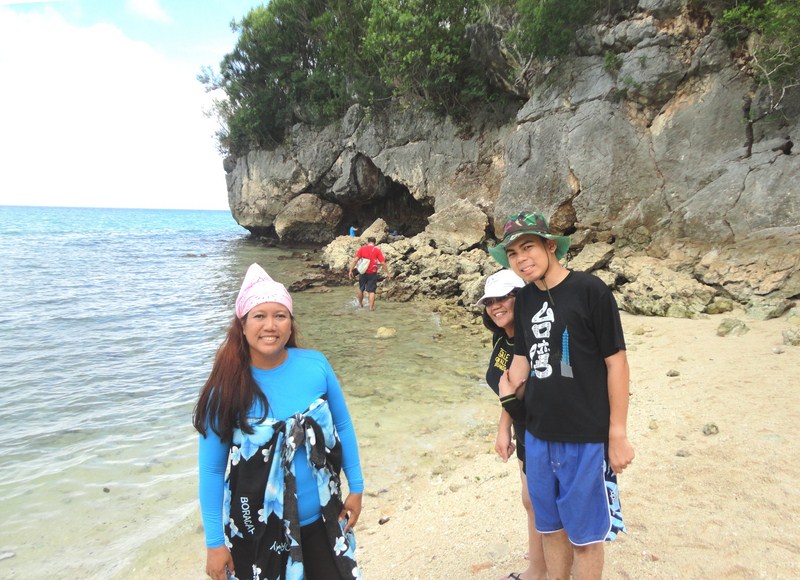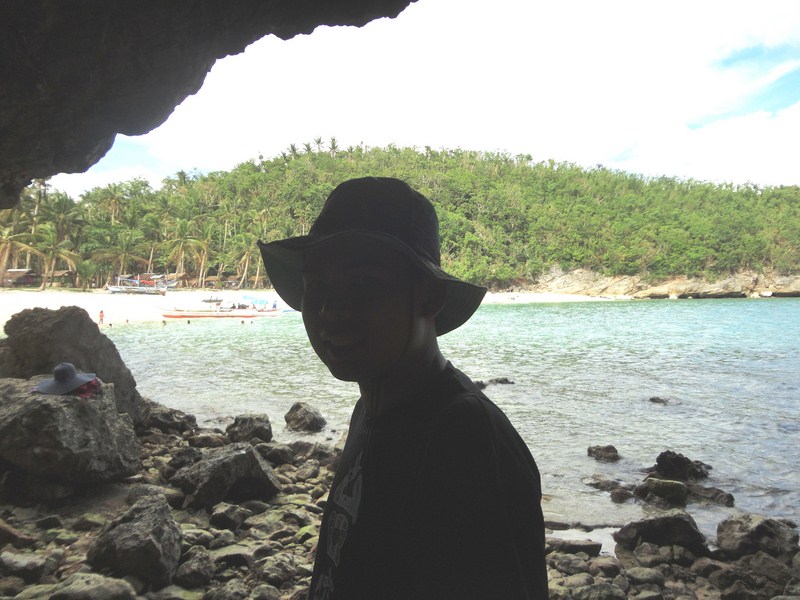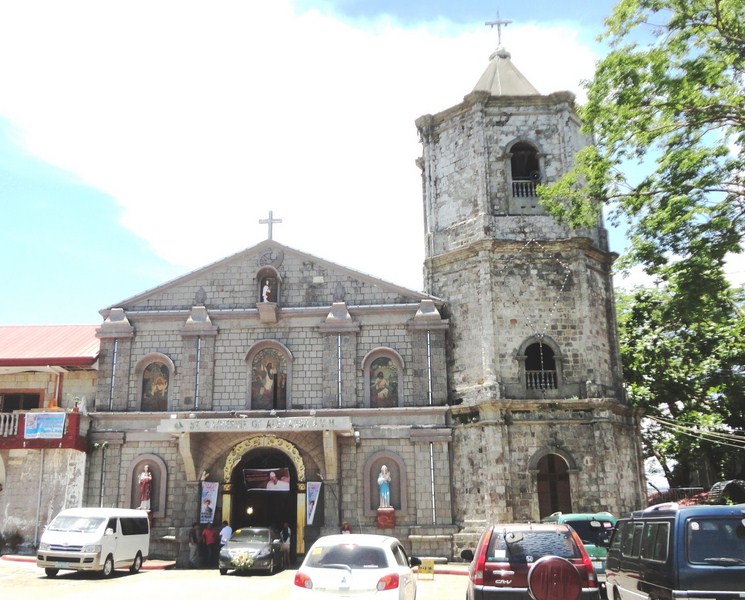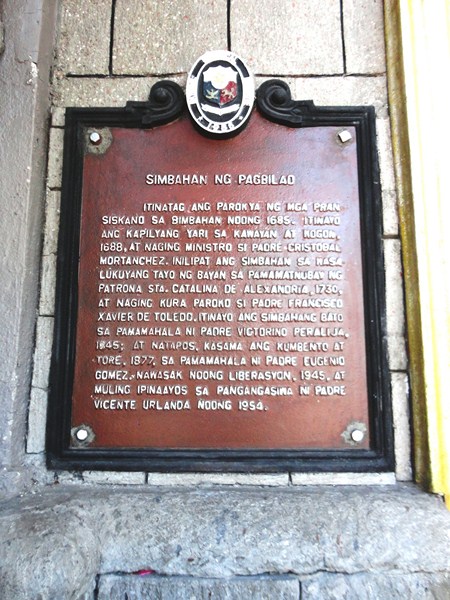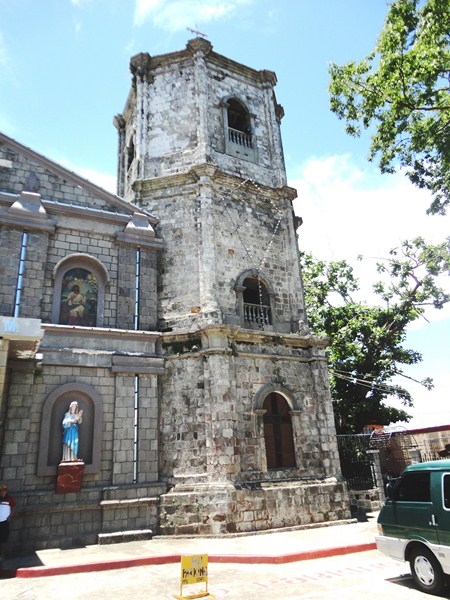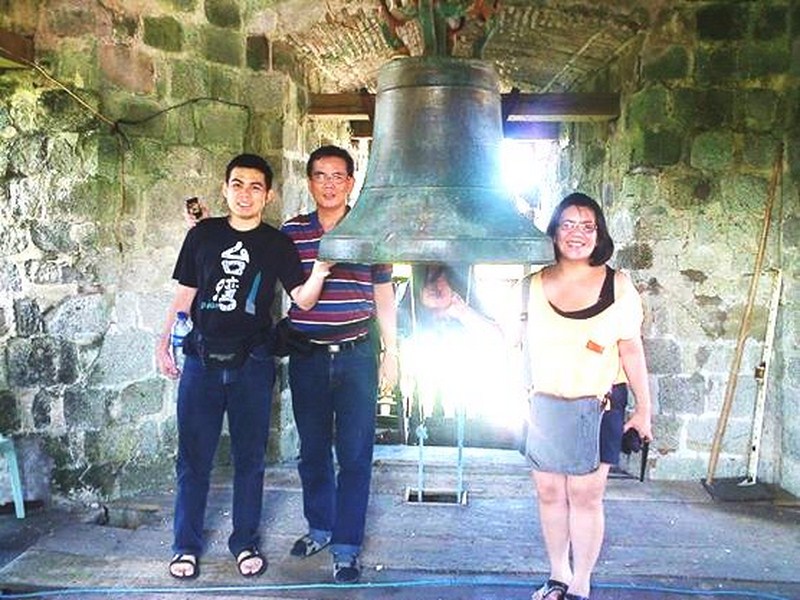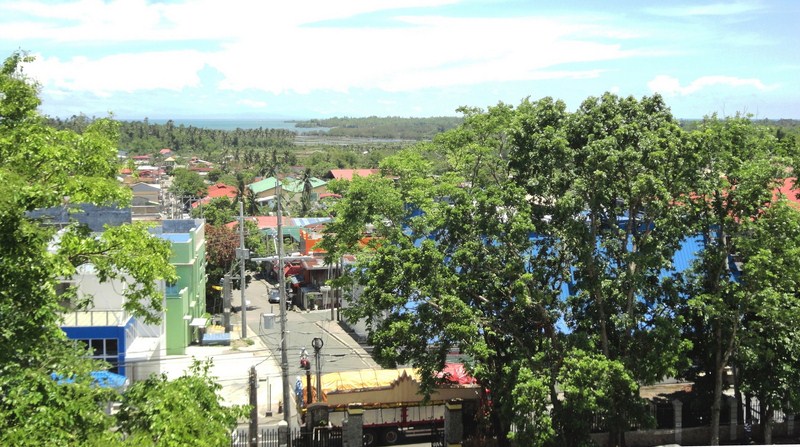From Lucban, we finally crossed the Quezon-Laguna boundary, into Majayjay where we made a short stopover at the town’s Church of Pope St. Gregory the Great. This would be my second visit to the town, having done so 12 years ago (October 13, 2002) with Jandy. This Augustinian-built church is now listed, by the National Museum, as a National Cultural Treasure.
I featured the town and its church in my article Hay Hay! Majayjay which appeared in TODAY (November 10, 2002) and a previous B.L.A.S.T. blog entry. Its unusually tall, stone and brick colonial Baroque facade, with its 6-m. thick adobe walls (though still covered with unsightly vines and moss), was still impressive even after all those years.
During my first visit, I wasn’t able to explore the church interior in detail as a wedding was ongoing at that time. This time there wasn’t any wedding as we walked the azulejo-tiled floor of the 60-m. long and 17-m. wide, rectangular nave, admiring the antique relief statues of saints lining it, the wooden balconies above it on both sides, an elaborately decorated wooden pulpit accessed by a stair, a Sto. Entierro, and the 3 elaborate retablos (altar backdrops) with its pantheon of saints.
Violeta, Lanny and I were also able to go up the hexagonal bell tower, via the choir loft, just as we did in Pagbilao. Jandy and Maricar stayed behind. Of equally huge proportions as the church, the bell tower was supported by unusual 16.5-m. high solid buttresses. The catwalk above the ceiling (called langit-langitan), leading to the crossing above the transept, can no longer be accessed as it has deteriorated.
Unlike the bell tower of Pagbilao, the stairs going up was sturdy concrete with steel railings. And just like in Pagbilao, we also had a commanding view, upon reaching the top, of the town as well as Laguna de Bay . The tower had 5 century-old bells. its main bell was said to weigh about 3,000 kgs. and its thunderous peal can be heard 3 kms. away.
Church of Pope St. Gregory the Great: Poblacion, Majayjay, Laguna. Tel: (049) 258-1012.
How To Get There: Majayjay is located 120 kms. from Manila and 18 kms. from Sta. Cruz.

